Will we have more efficient and performing heat exchangers, even keeping the sizes unchanged?
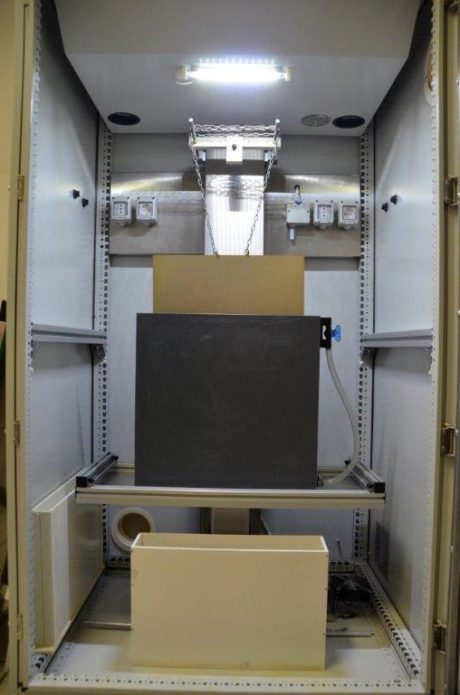
ISTEC (Institute of Science and Technology for Ceramics), in Faenza (Ravenna, Italy), belonging to the National Research Council, has researched and experimented for years the effects of the deposits of nanostructured materials on manufactured goods of different nature, to assess their increment of performances.
The Institute is equipped with machines for the autonomous creation of the wished nanoparticles and their deposition of materials (fig.1) and the work carried out has allowed the registration of 21 patents on accomplished researches. Today the Institute operates as both consultant and as technological partner for companies, with several research projects that are started upon inputs of external companies that need the typical competences of a research institute to find new materials or applications.
The HEAT project
The HEAT (Nano coated Heat Exchanger with improved Thermal Performances) project was the winner of the POR FESR 2014-2020 tender (Operational Programme of the European regional development Fund) Axis 1, Research and Innovation, of Emilia Romagna Region. The project was jointly developed by the two CNR Institutes, IMAMOTER and ISTEC, and for this purpose they have established a Temporary Scope Association on 20/06/2017, including also the DEMOCENTER Foundation in Modena to fulfil the research in the expected period of 24 months.
The goal of the HEAT project consists in implementing heat exchangers for oil or water where, thanks to the deposition on nanostructured particles on the exchange surface, it is possible to reach higher performances through the improved coefficient of heat exchange and minor head losses. In the practical implementation of the project share also two support enterprises: Fira (Bondioli & Pavesi Group), producer of aluminium heat exchangers for water, air and oil and Comex Europe, producer of direct current electro-fans. The targets of the project will be reached through the applications of functionalized coatings (hydrophobic/oleophobic) on heat exchangers for automotive applications, in order to reduce their footprint. The project aims also at evaluating the real productive processes and the impact on the industrial cycle. Afterwards, bench tests on complete coated exchangers, to assess their performances, with the target of the head loss reduction (-10/15%) and of the increment of heat exchange efficiency (+5/10%).
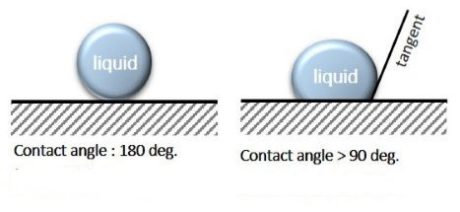
Fig. 2 – On the left, example of fully hydro/oleophobic surface. On the right, surface with low wettability (angle exceeding 90°).
Another goal of the HEAT project is the optimization of electro-fans of oil/air exchangers. Through calculation meshes processed by a software installed at IMAMOTER, they have achieved a re-design of the blade shape and of the airflow conveyors themselves, in order to eliminate any possible zone of air stagnation and thus contributing in the decrease of the motor sizes and in the wished energy saving.
Wettability of surfaces
The experiences made by IMAMOTER, in collaboration with ISTEC, had already allowed the experimentation in laboratory, on a small exchanger (fig. 5), of the efficiency of functionalized finnings through the application of nanostructured coatings, attaining the 5% increment of the heat exchange coefficient (fig. 4). The repellence to liquids (hydrophobicity/oleophobicity) has been an important factor to increase the heat exchange and they have conferred a very high liquid repellence, which has already reached 150° of angle (fig.2), on functionalized surfaces. Actually, the layer of liquid adhering to the surface is no longer in contact with the metal but slides on water drops trapped in the nanoparticles of the coating (fig. 3). It is as if a liquid layer was constituted, formed by spherical micro particles that do not adhere to surfaces, almost creating a sort of hydrostatic lubrication, with reduction of the friction coefficient that in some cases reached 50%.
Research and future developments
The collaboration between the two CNR Institutes (ISTEC and IMAMOTER) was fundamental, since they rely on complementary know-how, joining competences of industrial chemistry and engineering that have allowed intercepting several concrete demands coming from a rich industrial fabric.
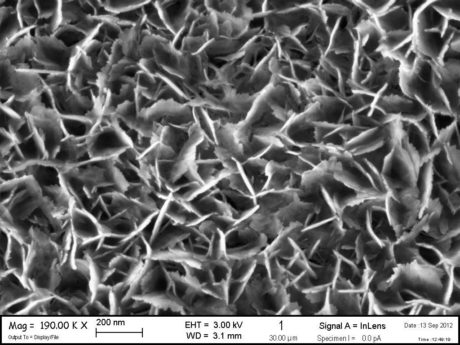
Today, at Istec’s are available a dip coating machine for big size plates (40 x 50 cm) of any material, a new roller printing that allows working on flexible fibres depositing nanoparticles on them, besides an automated spraying machine for parts with max. sizes of 30×30 cm. All scalable technologies, from the point of view of industrial applications, and flexible, i.e. adaptable to complex morphologies, too.
«The Institute lives thanks to very strong interactions with the industrial realities operating in this territory – explains us Mariarosa Raimondo, Project Leader at ISTEC of multifunctional industrial materials – and we have also collaborated with big companies for the definition of the productive processes of the new big-size ceramic plates, with thickness from 3 a 7 mm for surfaces up to 1200×3600 mm, also provided with the property, particular for ceramic, of being bent».
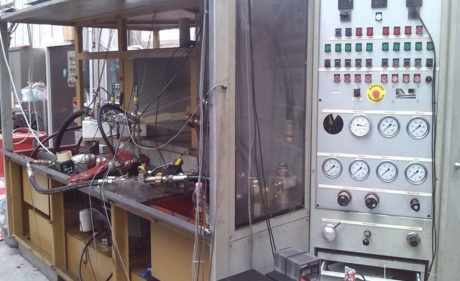
The Institute’s commitment is aimed at discovering what are the limits of a new technology and at identifying what ways to undertake to reach a positive result. Opportunities that industry has perfectly guessed: «It is worth saying that we have met a real will of experimenting of companies, many of which have interfaced with Imamoter to develop targeted researches – confirms us Antonino Bonanno from Imamoter – and these companies have accepted sharing the risks of a real research to accomplish experimentations of which we did not know the outcome, yet».
How to increase the heat exchange
To evaluate the efficiency of a heat exchange it is necessary to know the Nusselt number. It provides us the ratio between the heat exchanged by convection and the one exchanged by conduction and therefore, the higher is that number the bigger will be the heat quantity exchanged by convection, with the same flow. This number is high if the difference between the speed of the fluid in contact with the wall and the one at the centre of the duct is as small as possible.
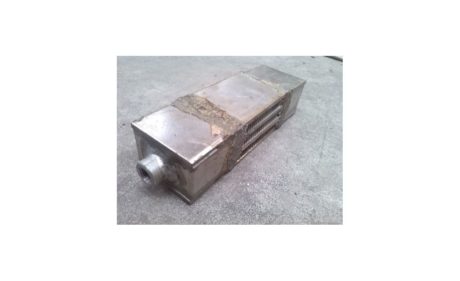
We know that the fluid layer that is contact with a still surface is still, too. The immediately superior layer is faster and so on, up to the centre of the duct. Each layer is “braked” by the one with which it is in contact, owing to viscosity. If we succeed in trapping micro particles of liquid with a functionalized wall with nanostructured deposits, we can achieve the sliding of the liquid layer in contact with the surface, no longer in contact with the metal but in contact with another liquid layer. Therefore, we achieve a fluid motion that meets less resistance, with a reduction of the friction coefficient that can reach even 50%.
For further information: http://www.imamoter.cnr.it/



